How to Extend Kitchen Cabinets to the Ceiling

It's been over two years since we've done this project, and I'm still so happy we did! We got extra storage, plus the room looks larger/taller because your eye is drawn all the way to the ceiling! If you, too, have thought about extending your cabinets, this might be a great way to do it - though keep in mind, depending on the depth of your cabinets, this may either note work for you, or may need some modification based on your own measurements. I share simply to give you the basic plan for how to tackle this in your own home if you choose! (And yes, there are plenty of other methods to doing this - I'm just sharing what worked best for us!) You can learn more about our top to bottom $2500 DIY kitchen renovation over on my blog!
Hometalk Recommends!
This is the finished kitchen, which has gone through several other changes since we first renovated it - the cabinet cubby extension we rigged up is still one of my favorite projects to date!
Measure and cut with the miter saw your “shiplap” underlayment strips to the size you need so that they fit flush with your cabinets. (Optional - you can always leave the regular wall behind as well).
Mark your wall studs with your stud finder, and nail the shiplap boards to your wall (in the studs) above the top of your cabinets. Use a popsicle stick as a spacer between the boards. Measure the tops of your cabinets and cut your plywood underlayment to size so you create “floors” for your cubbies. This step is optional, but the tops of our cabinets were one: gross (yes we cleaned them, but there was stuff up there we just couldnt get off), and two: had weird holes in them – who knows why. So we wanted a fresh, clean slate, if you will.
Nail your floors to the tops of the cabinets – be SURE you are using nails that are short enough that they wont poke through the inside of the top of your cabinets. Here, I tried to nail on the edges, as to ensure the nails are going into a vertical piece of wood (the fronts and backs of your cabinets), rather then the top piece, to make EXTRA sure my nails wouldn’t poke through. But, even had I nailed in the exact middle of the top of my cabinet, I still would have been safe, as I purchased 5/8″ brad nails specifically to ensure no pointy ends would wind up on the inside of my cabinets! Fill holes and any seams with wood fill - sand until smooth.
Insert the cubby “walls” wherever you choose – we have 5 cubbies on our main cabinets, and one large one over the fridge (more on that below as we did that one a bit differently). These walls are a 2"x12" piece of wood cut to size. Our cabinets were about 12" deep, so this worked perfectly, we just had to cut for the height we needed.
Use your L brackets to secure the cubby “walls: to the cubby “floors” and the ceiling. Again, be sure you are using screws that will not be too long so as to poke through the tops and to the inside of your cabinets. We used 5/8″ screws and our Ryobi drill. We used a smaller L bracket on top and drilled it very close to the front of the “wall” and into the ceiling so it is hidden by the crown molding we installed at the end. The larger L brackets on the "floor" of the cubbies were ultimately painted and virtually invisible when actually in the kitchen.
THIS IS A TWO PERSON JOB! It is not as easy as it sounds, as you need to be sure your cubby “wall” board is standing straight up and down (a level helps), and is perpendicular to the back wall. It is tricky, but after you get the hang of it, it’s not too bad. We also drilled the L brackets into the cubby “walls” down on the counter (only because we were redo-ing our counters – I would suggest a utility table if you don’t want to risk your countertops) before we moved them into place, adjusted, and drilled them into the cabinets and ceiling. (You can see the large L brackets that are screwed into the "floors" and the smaller L bracket we screwed into our ceiling. This keeps the walls of the cubbies nice and secure.
Now, the cabinet above our fridge is very deep (fridge depth, obviously), so finding wood to make “walls” like the other cabinets proved a bit more difficult. So, instead I put shiplap boards on the sides, and then cut 2 pieces of our 1″x 2″ board to use as the “walls.” But, they are really a wall illusion, since they are only at the very front. You can see what I mean above – basically, the 1″x 2″ just makes it look like there is a frame, and it seems a bit more finished.
Add crown molding of your choice along the top against the ceiling with your brad nails/nailer, and smaller molding where the top of the cabinets meet the new cubbies. Caulk the seams and paint as you wish - we obviously chose white!
And here is the finished product. We added baskets for extra storage for seasonal items that we only need one or twice a year! I'm still amazed at home much bigger this addition made our kitchen.
Enjoyed the project?
Resources for this project:
See all materials
Comments
Join the conversation
-
 Emily Harris
on Aug 15, 2025
Emily Harris
on Aug 15, 2025
I did something similar in my last house, though my version involved simpler plywood extensions and a lot of caulk to hide my less-than-perfect cuts. The baskets on top are a brilliant idea for seasonal storage; mine held holiday platters and random “only once a year” gadgets. When I was researching tools, I stumbled on a review at https://hisense.pissedconsumer.com/customer-service.html that reminded me to double-check product reliability before starting a big DIY like this.
-
-
 James Anderson
on Aug 19, 2025
James Anderson
on Aug 19, 2025
Love this project! Extending cabinets to the ceiling is such a smart home renovations idea it adds storage and makes the kitchen feel taller. We did something similar with crown molding, and it completely changed the look of our space.
-



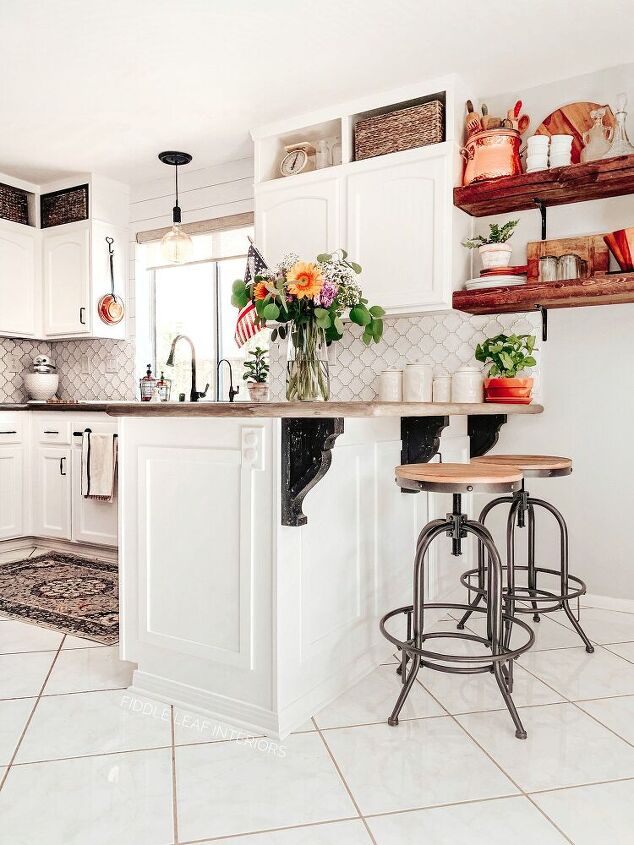






















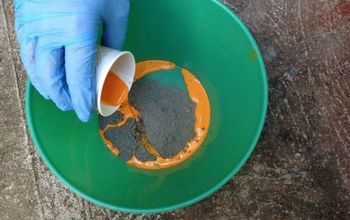
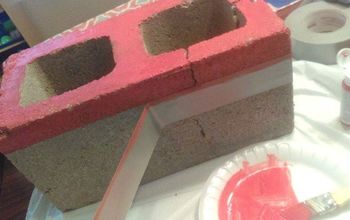



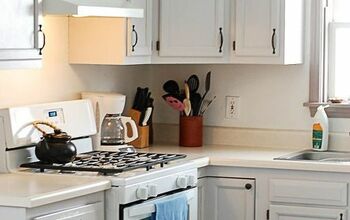
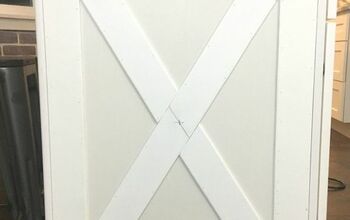
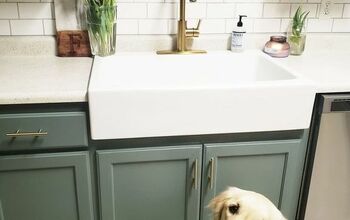
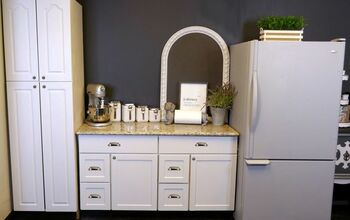
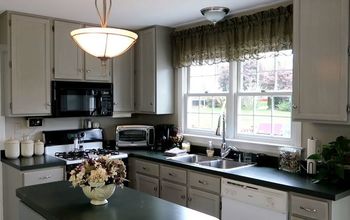
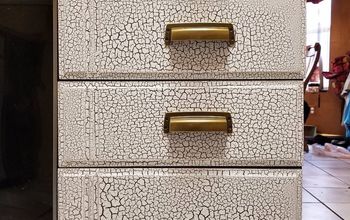
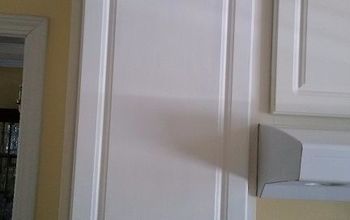
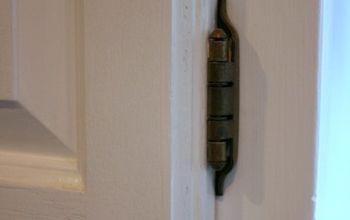
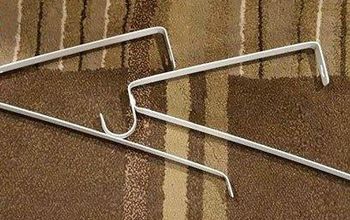
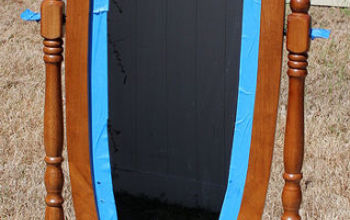

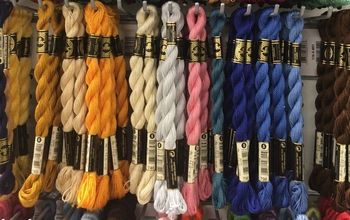
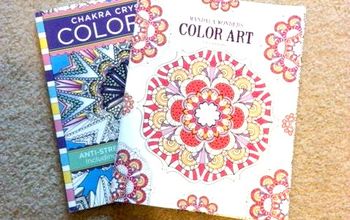
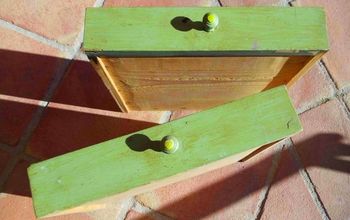
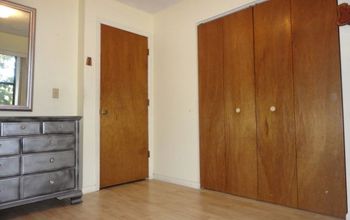
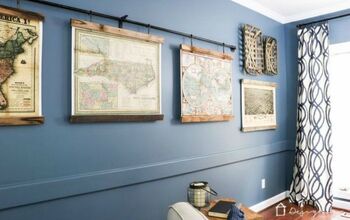
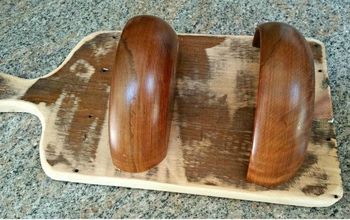
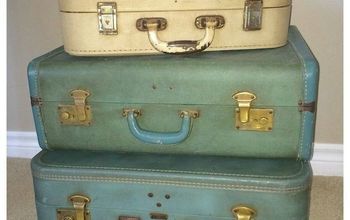
Frequently asked questions
Have a question about this project?
What prep did you do to cabinets and what cabinet paint did you use.
Can you go to the countertop instead of up to the ceiling? I cannot reach high cabinets. Bringing them down will help me.
Renters moved out, kitchen cabinets have LAYERS of grease on them!
WHAT IS THE BEST PRODUCT OR THING I CAN DO TO GET THEM CLEAN AGAIN!? Thanks!